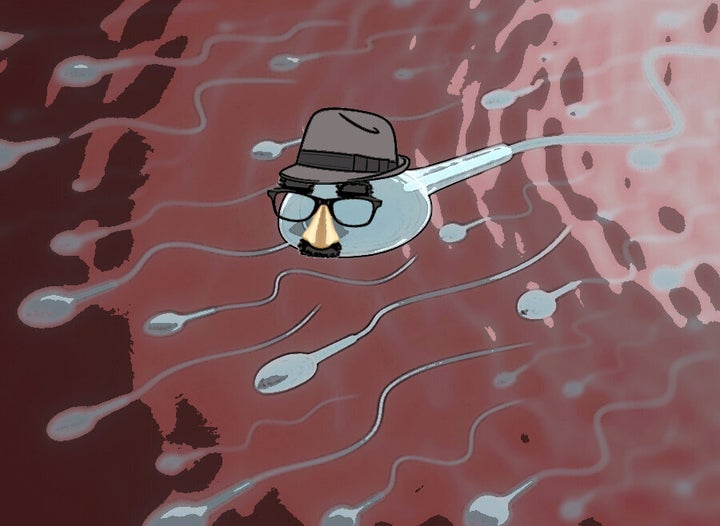
An unprotected sexual encounter between a man and woman involves some 200 million sperm and one solitary egg. And while this sounds like an unlikely ratio, there might actually be a reason for this bombardment of little swimmers.
When they enter the uterus, the vast majority of sperm are rejected by a woman’s immune system – think of it like the army of White Walkers (the sperm) trying to take Winterfell (the immune system) in Game of Thrones.
But why does this happen? One molecular anthropologist suggests there may be a benefit to the sperm cull. “My elevator spiel is that all of life is one big compromise,” explains Pascal Gagneux of his new research. “Being too easy to fertilise is bad; being too difficult to fertilise is also bad.”
In his laboratory at the University of California, Gagneux has discovered the makings of a “secret handshake” between sperm and the cells lining the uterus, which basically lets a certain amount of sperm pass to the next level (the fallopian tubes).

Uterine cells express a receptor that recognises a specific molecule on the surface of sperm cells, says Gagneux, and it’s possible that this interaction may adjust the female’s immune response – lifting the gates and helping some sperm make it through without starting any beef.
This interaction, known as the leukocytic reaction, is not well understood. What we do know, Gagneux explains in the Journal of Biological Chemistry, is that after crossing the cervix, millions of sperm – a number equivalent to the US population, to be exact – arrive in the uterus and “are faced by a barrage of macrophages and neutrophils [innate immune cells].”
The attack by the immune system kills most of the sperm cells in semen, whittling hundreds of millions of sperm down to just a few hundred that enter the fallopian tubes. He suggests this defensive response may help prevent polyspermy – where an egg is fertilised by more than one sperm and cannot develop.
“It’s somewhat embarrassing how little we can say about what this [interaction] means,” said Gagneux, who added that it was “humbling” to be working in such a poorly understood area.
Reproduction, he mused, “is a very, very delicate tug-of-war at many levels”.